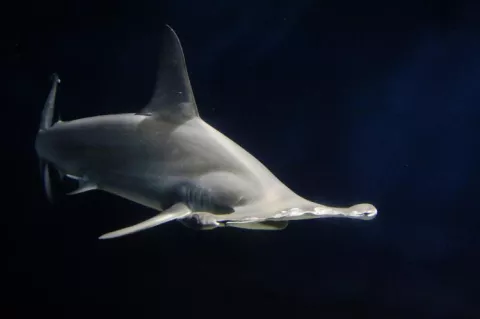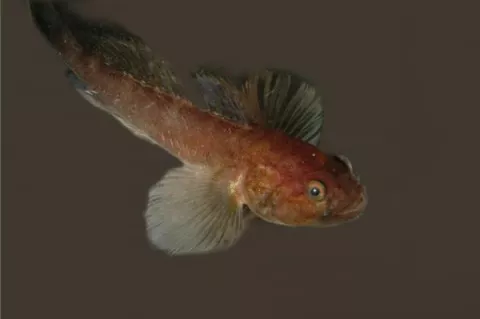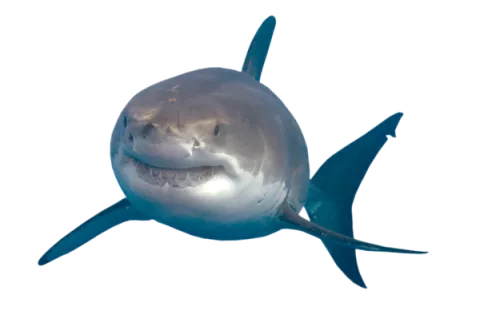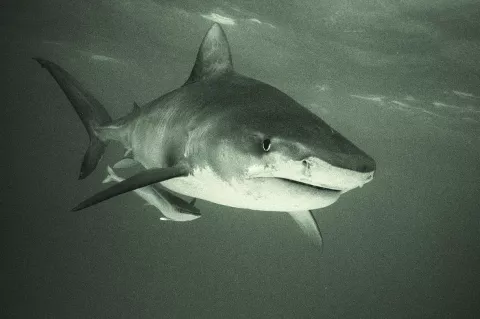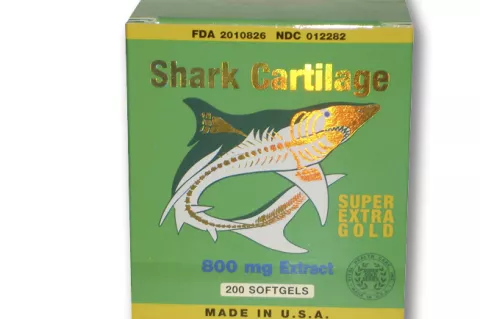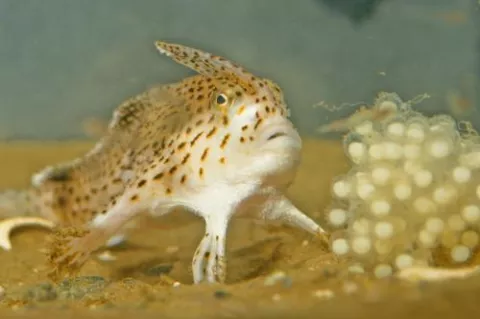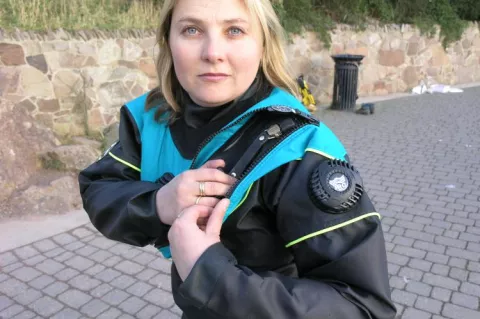Fighter jet lost 50 years ago found
The searchers were looking for another missing plane when they came upon the wreckage of a Lockheed T-33A jet trainer
The Air Force accident report identifies the pilots as Lt. Richard Martin Theiler and Lt. Paul Dale Smith. Theiler had 1,244 hours of flying experience, and Smith had 430.
Computer expert Gary Fabian is the founder of a group of unpaid volunteer enthusiasts who discovered a missing World War I German U-boat off the California coast in 2003.
- Read more about Fighter jet lost 50 years ago found
- Log in to post comments



